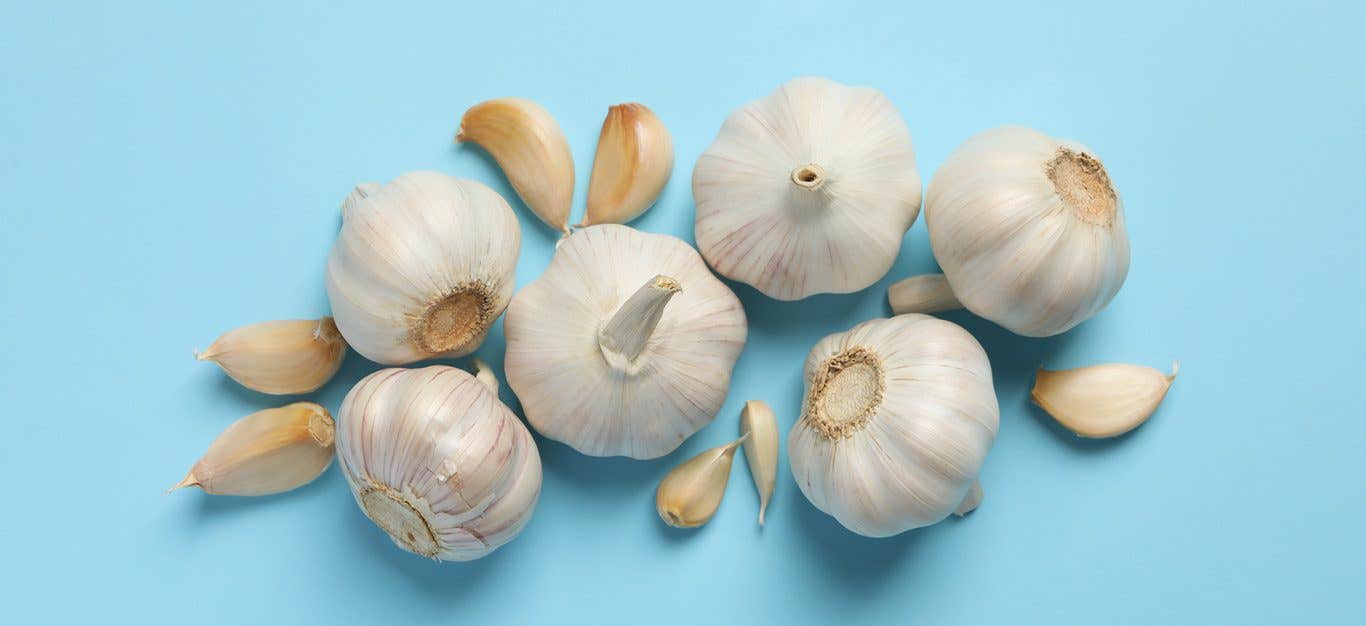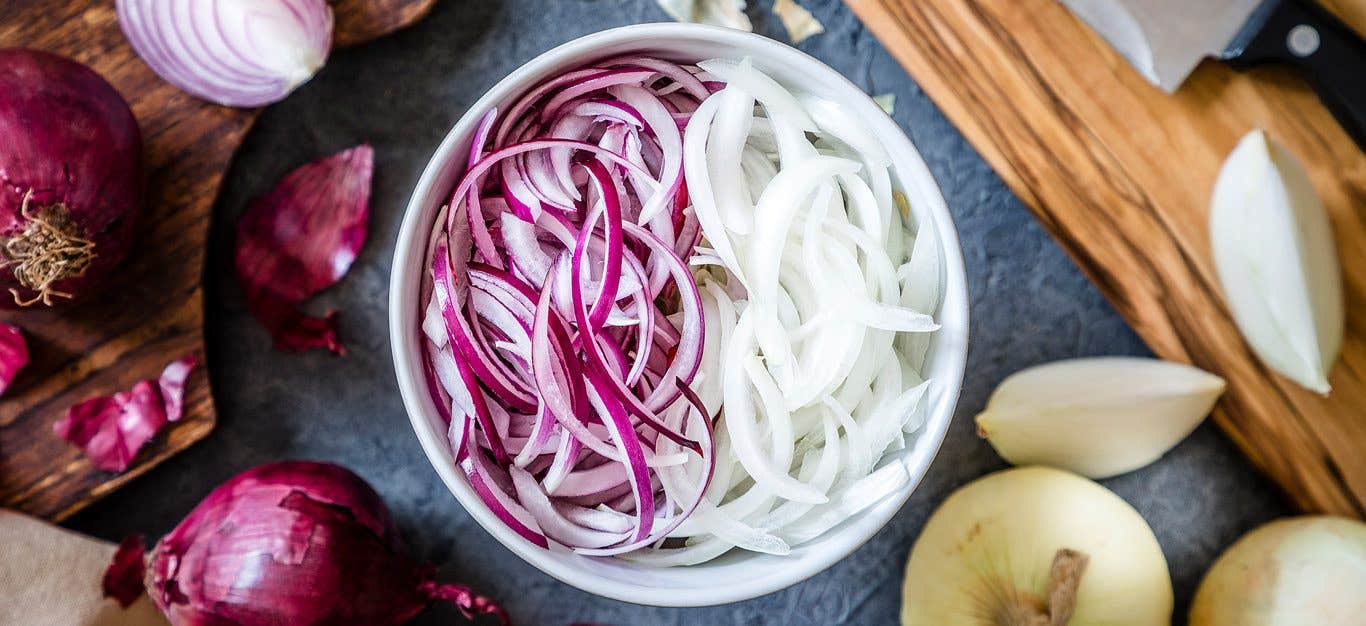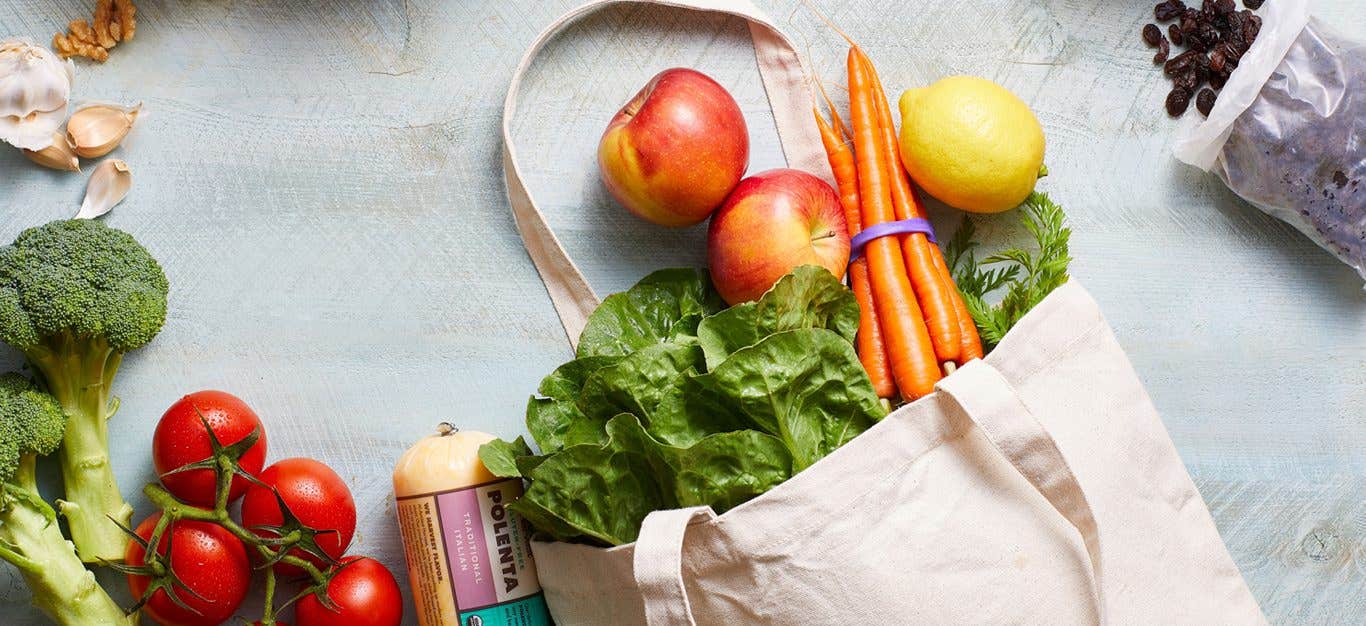When it comes to herbs, there’s an easy-to-remember formula for swapping dried for fresh (and vice versa): a teaspoon dried equals a tablespoon fresh. But what about other aromatics, such as onion and garlic? Read on for a handy chart that covers all of the above, plus our best tips to help you get the most out of herbs and other aromatics, whether fresh or dried. Read on, or jump to a section:
- Fresh-to-Dried Herb Conversion Chart
- How Drying Shifts Flavors
- How Much Garlic Powder Equals 1 Clove?
- How Much Onion Powder Equals 1 Onion?
Fresh-to-Dried Herb Conversion Chart
AROMATIC | EQUIVALENTS | TIPS |
Herbs | 1 Tbsp. fresh = 1 tsp. dried | Just remember the 3:1 ratio. Triple the volume if you want to use fresh instead of dried. Divide the volume by three if you want to use dried instead of fresh.
Some delicate herbs (cilantro, dill, parsley) lose more of their punch when dried, so you may have to taste your dish and add a bit more. |
Onion | 1 cup diced fresh onion = 1 Tbsp. onion powder = 3 Tbsp. granulated onion | Onion powder has a finer texture and a sweeter, mellower flavor than granulated onion, which has a sandy texture and retains more of onion’s pungency.
Store onion powder in the fridge to prevent clumping. |
Garlic | 1 tsp. minced fresh garlic (1 clove) = ¼ tsp. garlic powder = ½ tsp. granulated garlic | Unlike onion, there isn’t much flavor difference between powdered and granulated garlic. The powder is just more concentrated, so you need less.
Store garlic powder in the fridge to prevent clumping. |
Rule of Thumb: Dried Herbs First, Fresh Herbs Last
An easy rule to remember when cooking with herbs: dried first, fresh last. Dried herbs should go into recipes right from the start. This allows heat, acid, and moisture to activate their aromatic oils.
Fresh herbs should be reserved till the last minute so they retain their fragrance and flavors and don’t turn bitter as they cook. Freeze-dried herbs, easily recognizable with their bright, fresh-like color, should be used like fresh.
How Drying Shifts Flavors
When herbs are dried, their texture changes and their aromatic properties either become more or less concentrated. Here’s a quick rundown of the taste transformations.
Hardy Herbs
(Thyme, oregano, rosemary, marjoram, lavender, savory)
Fresh: Pungent and aromatic with woodsy and citrus notes and a hint of bitterness
Dried: Less bitter; more subtle and robust
Leafy Herbs
(Basil, mint, sage, tarragon)
Fresh: Super-fragrant, distinctive, and grassy
Dried: Earthier and milder. Basil and mint have hints of oregano, while sage and tarragon have hints of anise
Tender Herbs
(Cilantro, dill, parsley, chervil)
Fresh: Vibrant, green, and crisp yet mild
Dried: Milder and slightly bitter if used in large quantities
How Much Garlic Powder Equals 1 Clove?
Use ¼ teaspoon garlic powder or ½ teaspoon granulated garlic in place of 1 clove. See the chart above for more information.
How Much Onion Powder Equals 1 Onion?
A tablespoon of onion powder is equivalent to 1 onion. See the chart above for more information.
Related News
Get Our Best Price On The Forks Meal Planner

Forks Meal Planner takes the guess work out of making nutritious meals the whole family will enjoy.
Master Plant-Based Cooking!
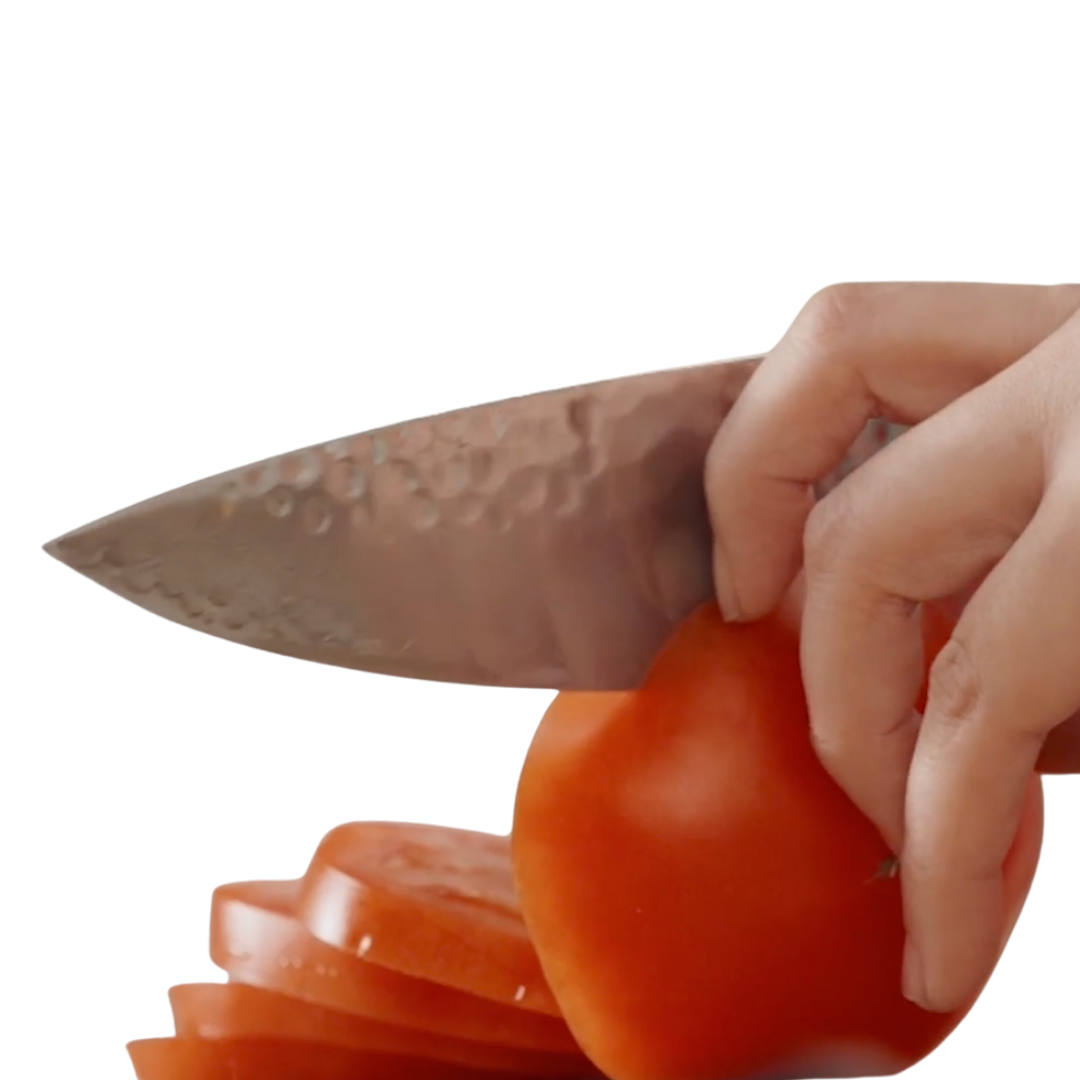
Our new course features over 100 lessons, 50+ recipes, downloadable guides, and more!
New Frozen Meals!
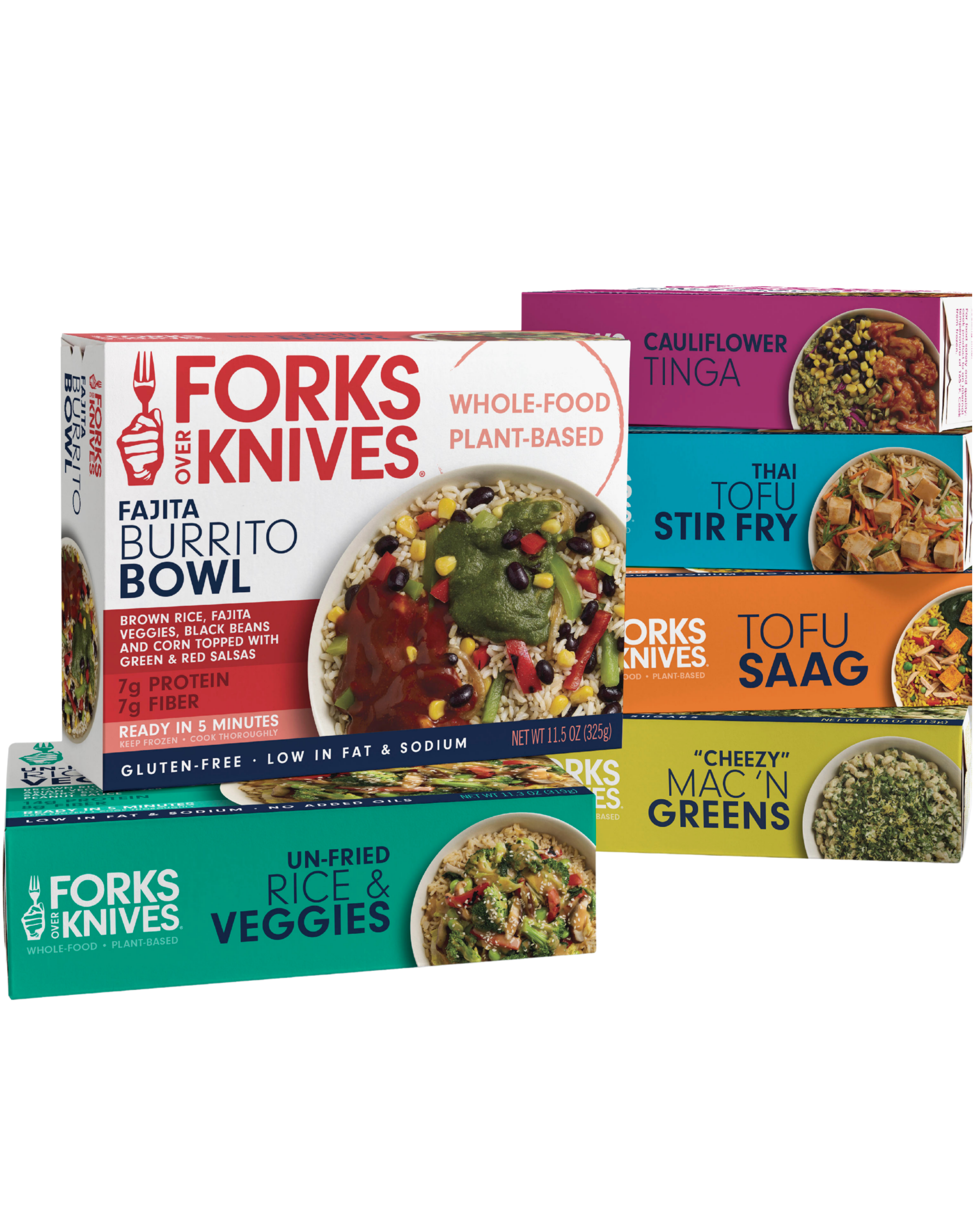
Introducing our new frozen meals: Doctor-recommended, chef-crafted, & ready in minutes.

